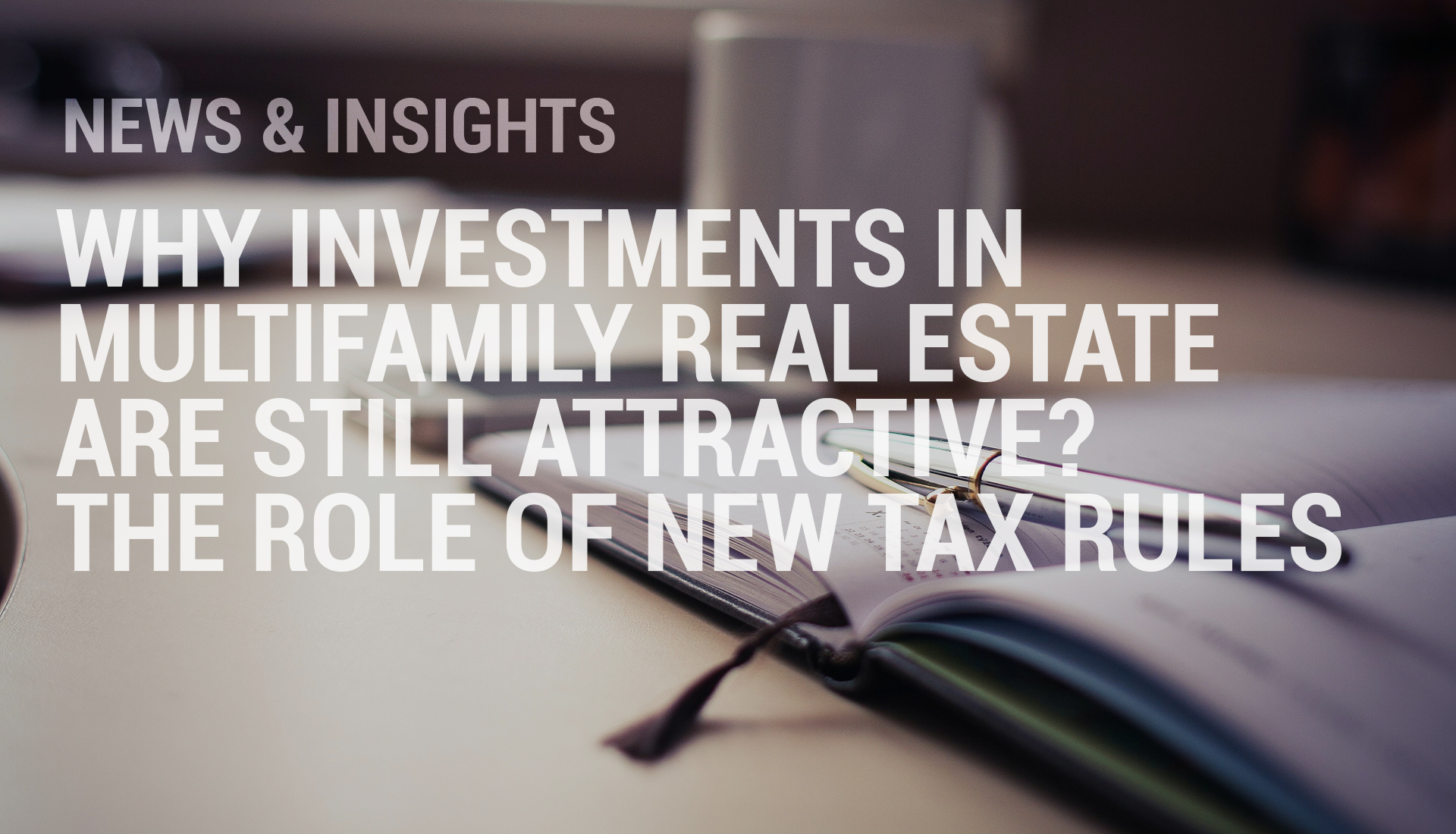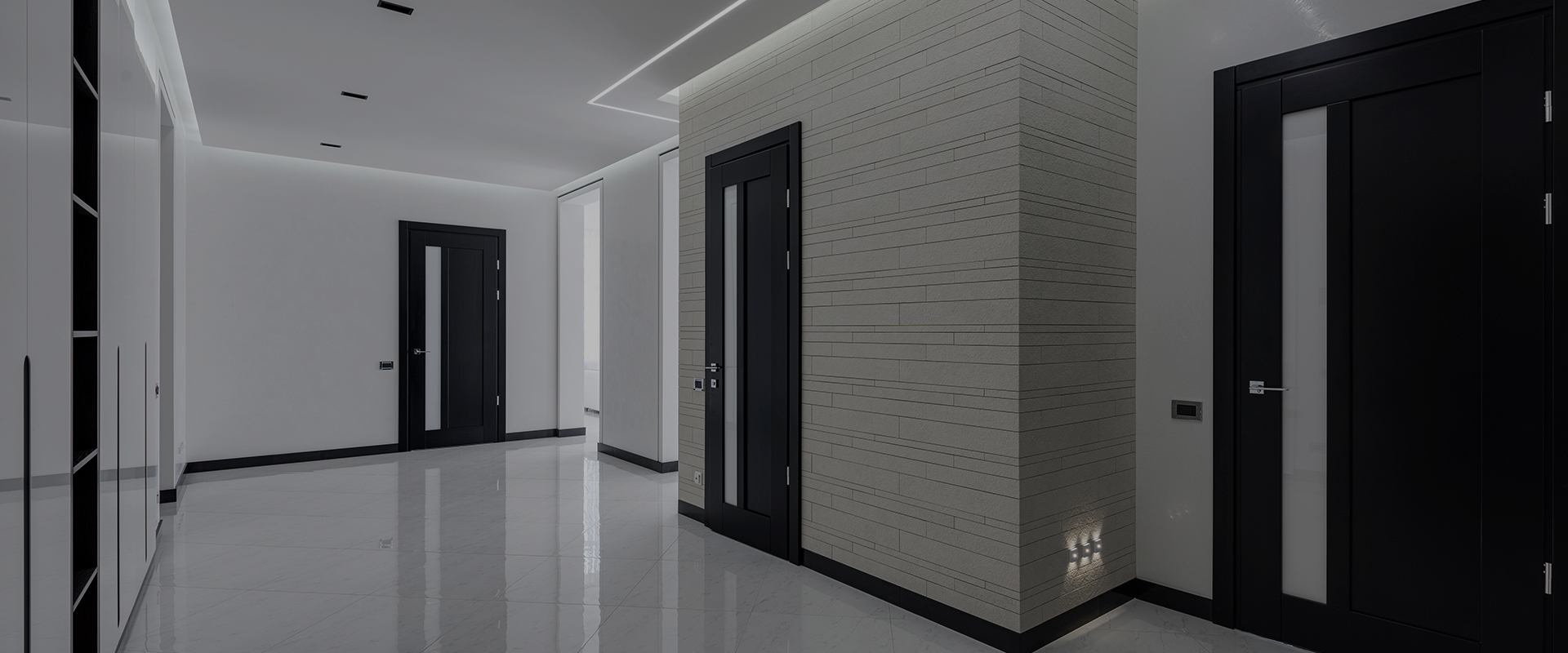
Why investments in multifamily real estate are still attractive? The Role of new Tax rules
In aggregate, the multifamily real estate industry is in a good position compared to others and many analysts believe that its growth potential exhibits characteristics of a ‘late-cycle prolonged’ growth
Government tax regulations impact consumption and investment decisions for all citizens. A new aspect of the federal tax regulations enacted in 2018 imposes limitations on the property-tax deductions and mortgage-interest rate deductions for homeownership. The new law doubles the standard deduction for a household and limits the property- tax deduction to $10,000 while reducing the deduction on mortgage interest to the maximum mortgage amount of $750K. As a result of these changes, congressional estimates indicate that only 5-8% of filers will now be eligible to claim these deductions by itemizing. Key IRS statistics also show that approximately 50% of US citizens pay taxes. Considering these facts, there is no tax difference between renting and owning a property for the overwhelming majority of US citizens.
This is another factor that favors investing in multifamily real estate. Not only are demographic trends, the low supply of multifamily housing, and full employment favoring the multifamily real estate industry, but the newly enacted tax laws also offer incentives to households to consider renting instead of owning a property. These implicit disincentives for home ownership on margin will keep people who rent as renters for longer horizons, thus creating a “rigidity” in the multifamily real estate industry that was not previously evidenced. Indeed, in aggregate, the multifamily real estate industry is in a good position compared to others and many analysts believe that its growth potential exhibits characteristics of a “late-cycle prolonged” growth. Tax Cuts and Jobs



